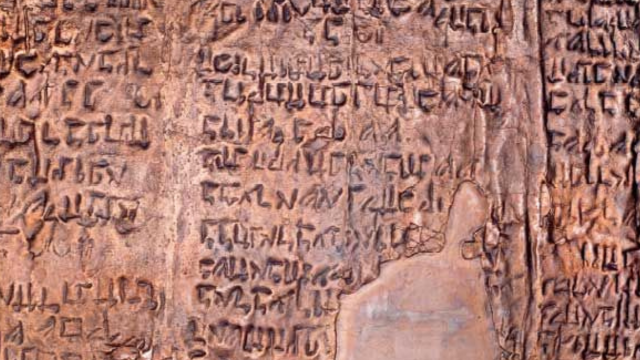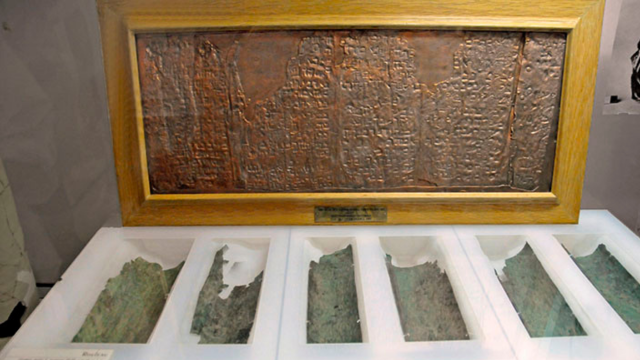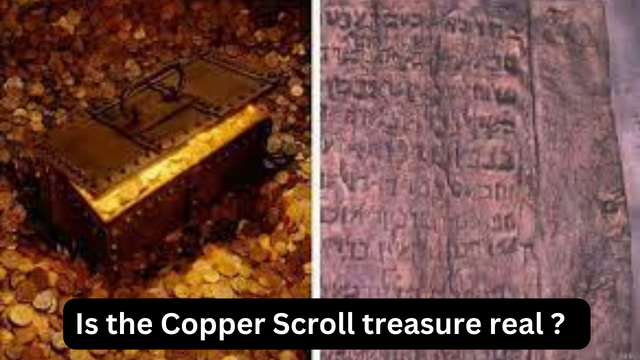The Copper Scroll was first found in Cave three near Khirbet Qumran. This is one of the last Dead Sea Scrolls, but it is different from the others. Other Dead Sea Scrolls were written on papyrus or parchment while the Copper Scrolls were written on copper. It was written on copper which was mixed with one percent tin. Rather than being a literary work like other scrolls, it lists the locations of valuable items such as silver and gold that have been buried or hidden.
How else is the Copper Scroll different ?
It is written in Hebrew, but it bears more resemblance to the Mishnah language than the literary Hebrew that you see with other scrolls. However, it shares some language characteristics that were found in other Dead Sea Scrolls. Since 2013, archaeologists have housed the Copper Scroll in the Jordan Museum, which you can visit in Amman. Originally, he kept it in the Jordan Archaeological Museum. The Bedouins were responsible for the discovery of most of the Dead Sea Scrolls, but the Copper Scroll was discovered by an archaeologist expedition sponsored by the Jordanian Department of Antiquities. They discovered it at the back of the cave on March 14, 1952, and it was the last of the 15 Dead Sea Scrolls they discovered. Because of this, they have sometimes referred to the Copper Scroll as 3Q15.

When was the Copper Scroll written?
Experts estimate that this book was written between 25 to 75 BC. It was written between. They argue that the treasure referred to in the Copper Scroll was deposited during the First Jewish War. David Wilmot believes that the scrolls originated in 70 BC. It happened around. Nevertheless, Emil Puch argues that the Copper Scroll was behind more than 40 jars, so it could be dated to 68 BC. Must be before.
Contents within the Copper Scrolls
John Allegro’s search for the treasure has been unsuccessful. The text lists 64 different locations. When reading the scroll, 63 of the named places contained silver and gold. Archaeologists estimate that this treasure could be worth thousands of pounds. He also lists the tithe vessels in the entries and the last entry talks about a duplicate document that provides additional details. Unfortunately, archaeologists still have not found that other scroll.

The minority view regarding the scroll would be that the treasures listed had already been recovered at the time of the scroll’s discovery. He created the book in the hope of giving the reader deeper insight into obscure references. For example, in column two of the book, verses one through three, it says, “In the salt pit that is under the stairs: forty-one talents of silver.” ” Some people believe that this was a treasure kept hidden from the prying eyes of the Romans. When he estimated the potential value of the treasure in 1960, it would exceed $1,000,000,000.
Scholars continue to debate whether the treasure exists. In 1962, John Allegro led an expedition to the locations listed in the scroll. When they excavated the area, they returned empty-handed. If there is any treasure, it has either been found long ago or it has been well hidden. The most plausible answer would be that the Romans discovered the treasure when they destroyed Herod’s temple in their pursuit of glory and wealth.
